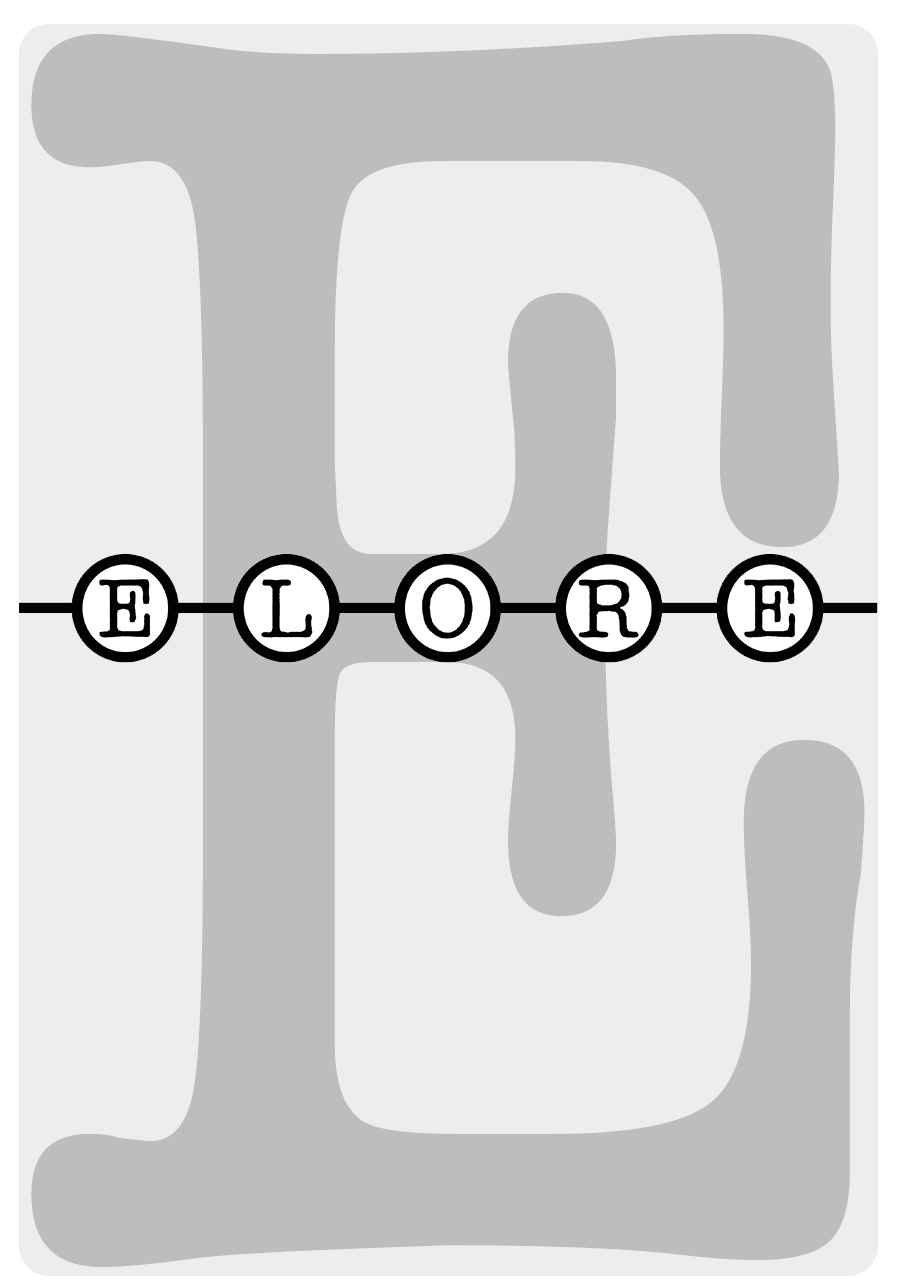Sinne ja takaisin: lähiökenttätyöstä kaupunkietnografiaan
This article is a methodological essay on ethnographic orientations in a context that is far-removed from the conventional settings of anthropological fieldwork. It is based on fieldwork done intermittently between 1985 and 2001 in Pozzuoli, a town bordering Naples in South Italy. The question of location takes many forms in anthropological research, and here three facets of this issue are discussed. Interpretations are patterned, first, by the presence of the researcher in a particular setting; second, by the ground set by the corpus of (regional) ethnographic traditions; and third, by transforming theoretical ideas and conventions of writing. Knowledge is eventually pieced together as an ethnographic narrative from ordinary and even seemingly insignificant minutiae of everyday life. The thickness of ethnographic descriptions is based on encounters where shared meanings open out through varying communicative, bodily and social orientations. The shifting of to a certain extent unpredictable fragments is the basis for understanding. Ethnography as a text and ethnography as a method are related in many ways before, during and after fieldwork.
DOI:
https://doi.org/10.30666/elore.78807Abstrakti
This article is a methodological essay on ethnographic orientations in a context that is far-removed from the conventional settings of anthropological fieldwork. It is based on fieldwork done intermittently between 1985 and 2001 in Pozzuoli, a town bordering Naples in South Italy. The question of location takes many forms in anthropological research, and here three facets of this issue are discussed. Interpretations are patterned, first, by the presence of the researcher in a particular setting; second, by the ground set by the corpus of (regional) ethnographic traditions; and third, by transforming theoretical ideas and conventions of writing. Knowledge is eventually pieced together as an ethnographic narrative from ordinary and even seemingly insignificant minutiae of everyday life. The thickness of ethnographic descriptions is based on encounters where shared meanings open out through varying communicative, bodily and social orientations. The shifting of to a certain extent unpredictable fragments is the basis for understanding. Ethnography as a text and ethnography as a method are related in many ways before, during and after fieldwork.Tiedostolataukset
Julkaistu
Viittaaminen
Numero
Osasto
Lisenssi
Lehti noudattaa ns. timanttista avoimen julkaisemisen mallia: lehti ei peri maksuja kirjoittajilta ja julkaistut tekstit ovat välittömästi avoimesti saatavana tiedelehtien Journal.fi-palvelussa. Toimittamalla artikkelin Eloreen julkaistavaksi kirjoittaja suostuu syyskuusta 2024 alkaen siihen, että teos julkaistaan CC BY 4.0 –lisenssillä.Lisenssin mukaan muut saavat kopioida, välittää, levittää ja esittää tekijänoikeuksiin kuuluvaa teosta sekä sen pohjalta tehtyjä muokattuja versioita teoksesta vain, jos he mainitsevat lisenssin, alkuperäisen julkaisun (linkki tai viite) ja kirjoittajan alkuperäisenä tekijänä. Kaikki tehdyt muokkaukset on ilmoitettava.
Tekstien tekijänoikeus säilyy kirjoittajilla ja julkaistun version rinnakkaistallennus on sallittua. Tämä koskee myös ennen syyskuuta 2024 julkaisuja tekstejä. Rinnakkaistallenteessa tulee näkyä Eloren julkaisutiedot.
Julkaistujen artikkeleiden metadatan käyttölisenssi on Creative Commons CC0 1.0 Universal.





